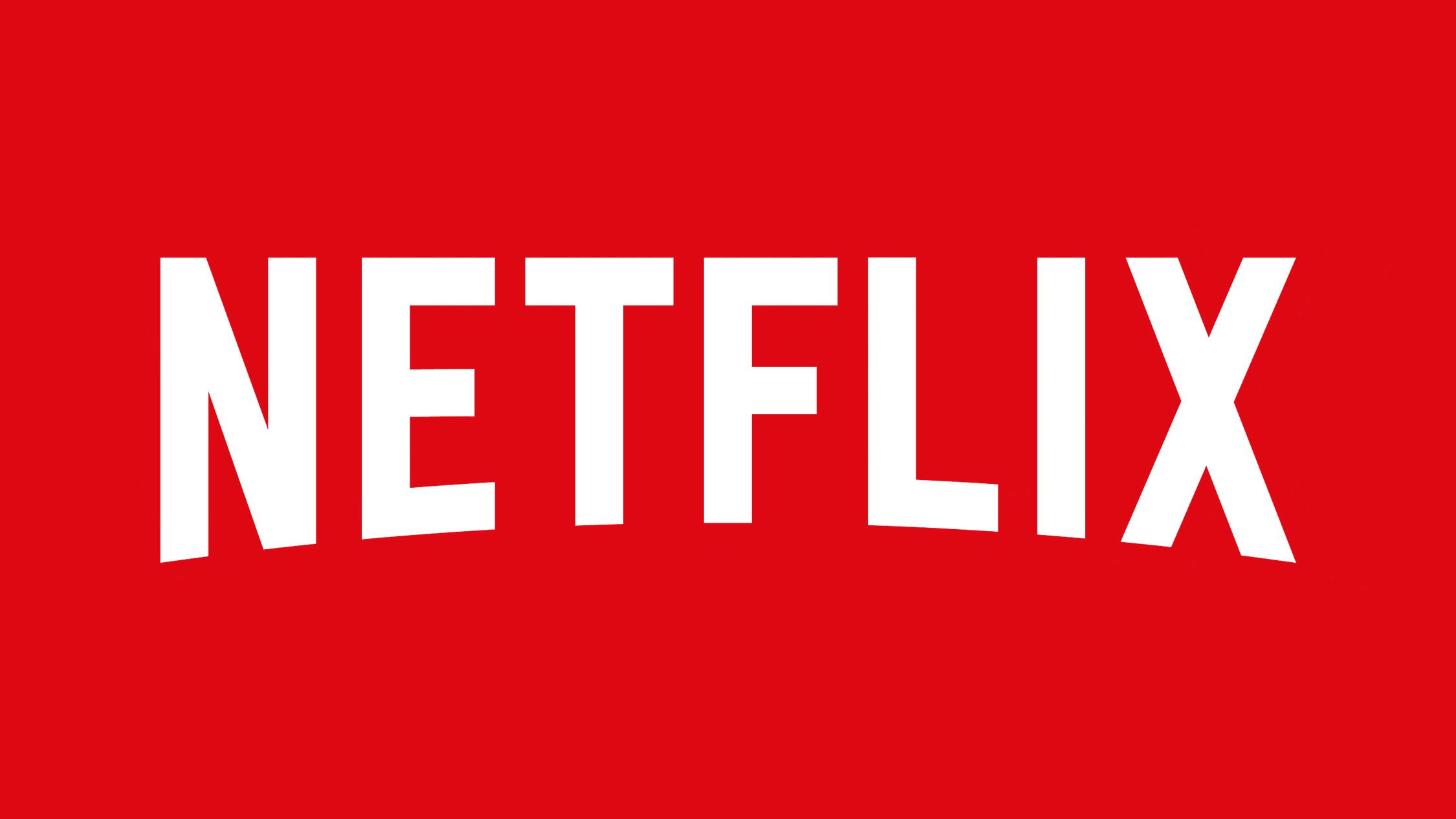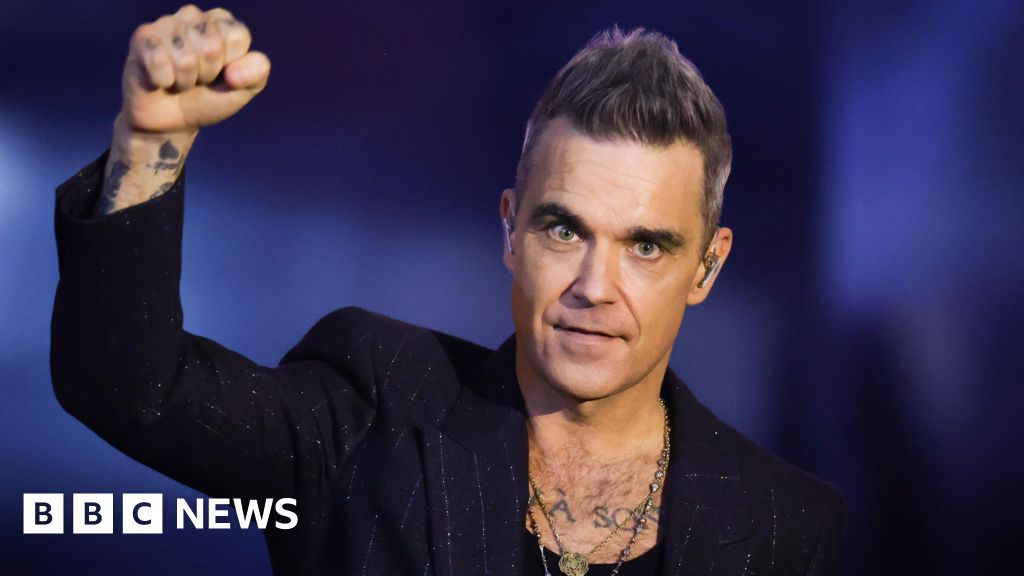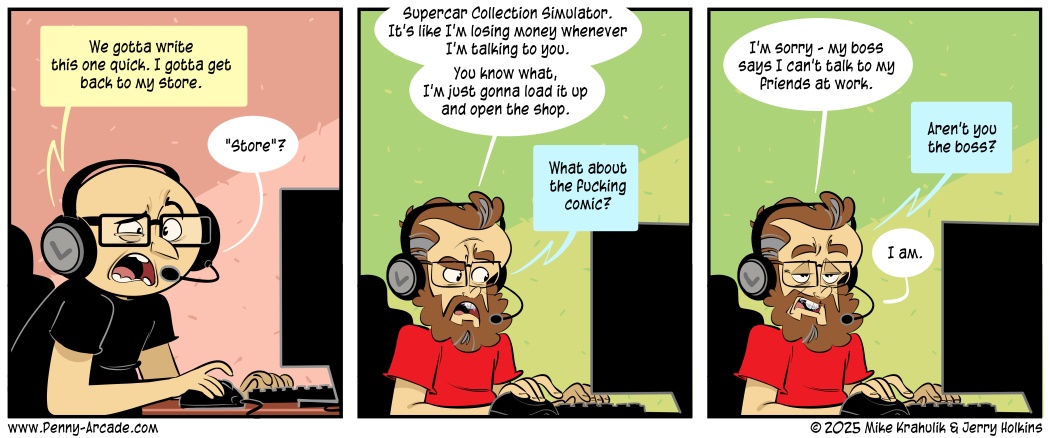The Story Behind Coachella: From a Typos to a Global Icon

Each April, the Coachella Valley transforms into a vibrant hub of music, art, and culture as tens of thousands of attendees flock to the renowned Coachella Valley Music and Arts Festival. Spanning two consecutive weekends, this celebrated event features performances from an extensive lineup of artists, drawing some of the biggest names in the music industry, including Lady Gaga, Charli XCX, Post Malone, and Benson Boone. This year, even Senator Bernie Sanders made a memorable appearance, adding a political twist to the festival's entertainment.
Since its inception in 1999, Coachella has evolved into one of the most popular and lucrative music festivals in the world. Not just a music event, it serves as a commercial platform for brands and social media influencers who capitalize on the festivals massive visibility. In 2024 alone, approximately 250,000 tickets were sold across both weekends of the festival, which is often paired with the following weekend's Stagecoach country music festival.
Interestingly, the festival's name can be misleading; the event does not actually occur in the city of Coachella. Instead, it takes place in the nearby city of Indio, while both are part of the larger Coachella Valley, located in Southern California's Colorado Desert. This region is also home to other notable cities, including Palm Springs and Indian Wells.
Many festival-goers from outside the area may not be fully aware of the geographical nuances, notes Jeff Crider, a freelance writer and historian who has authored a book on the Coachella Valley. Theyre primarily focused on having a good time. Yet, the history of Coachellaboth as a festival and a geographical regionis rich and deserves attention. The dual nature of its economy, heavily reliant on entertainment and agriculture, reveals an intricate tapestry of wealth and labor.
The Coachella Valley is often associated with affluence and celebrity culture, having attracted numerous high-profile visitors and winter residents over the years, including former U.S. presidents and Hollywood stars. However, alongside this glitzy image lies a stark reality. The valley is also home to a significant population of farmworkers, many of whom are immigrants working tirelessly to support their families. Crider highlights this disparity, stating, While its true that affluent celebrities have their winter homes here, the majority of residents are not part of that lifestyle. Many are actually struggling to make ends meet.
The origin of the term Coachella is quite interesting, rooted in the establishment of a railroad system and a simple typographical error. According to the citys official website, the Southern Pacific Railroad laid its first tracks through the valley in 1876, connecting it to Californias expanding railway network. A secondary track was later constructed in what is now Coachella.
Jason Rector, a railroad employee responsible for clearing trees in the area, is often credited as the first permanent resident of the town and its unofficial mayor. In 1901, as developers were laying out plans for the town, Rector proposed the name Conchilla, meaning little shell in Spanisha reference to fossils found in the area. However, a misspelling during the printing process transformed it into Coachella. Despite the error, the founders chose to keep the newfound name, which has no meaning in either Spanish or English, beyond its geographical significance.
As the years passed, Coachellas sunny climate and fertile soil lured both farmers and celebrities to the area. Early agricultural pioneers discovered the advantages of planting crops that could be harvested ahead of competitors, particularly focusing on dates and various produce. The region also played a pivotal role in the labor movement, as the first major farm labor strike occurred here in 1965, led by the iconic labor leader Cesar Chavez.
In addition to its agricultural roots, Coachella Valley has long been a premier destination for entertainment. The 1960s saw the rise of high-profile hotels such as El Mirador in Palm Springs, which attracted visitors from Los Angeles, located about 100 miles away. The introduction of air conditioning and the interstate highway system further boosted tourism during this decade. Long before the music festival was established, the valley served as a refuge for the elite, a reputation only amplified by the success of the Coachella festival.
Coachellas inaugural festival took place in October 1999, featuring headliners like Beck and Rage Against the Machine. Tickets were priced at a modest $50 per day, and the event was orchestrated by concert promoters Rick Van Santen and Paul Tollett, with Tollett's company, Goldenvoice, at the helm. Tollett had previously gained recognition for booking punk rock acts that were overlooked by other promoters.
The festival was inspired by multi-day music events popular in Europe, such as those held in Reading and Glastonbury, UK. However, its first year faced challenges, including extreme temperatures and a lack of corporate sponsorship, resulting in a loss of $750,000 for the organizers. After a hiatus in 2000, Coachella returned in 2001 with a revamped single-day format scheduled for April, coinciding with more favorable weather conditions.
Over the years, the festival has expanded significantly; it transitioned from one-day to three-day passes in 2010 and introduced a second weekend in 2012. Attendance numbers soared, with 120,000 attendees in 2004, marking the first sellout year. Today, general admission passes start around $600, not including added costs for camping and parking. Once wary of corporate partnerships, the festival now boasts numerous corporate sponsors, spanning various industries, from food and beverage to cosmetics.
In today's landscape, the term Coachella has transcended music. It symbolizes an influential cultural event, cemented as a key player in the entertainment sector. As noted by the Los Angeles Times during the festivals 20th anniversary, the word Coachella has become synonymous with trendsetting experiences in popular culture.
Crider emphasizes the significant economic impact that events like Coachella have on the local community, calling it a huge shot in the arm for our economy. He enjoys witnessing festival-goers indulging in local businesses, purchasing everything from sunscreen to souvenirs as they prepare for the music-filled days ahead. However, he also raises awareness about the local socioeconomic realities, pointing out that many residents, including farmworkers, struggle despite the festival's glitz.
When attendees complain about the heat, they might not realize that farmworkers are laboring under the same sun, Crider states. The disparity in wealth often goes unnoticed by festival-goers, who may be unaware of the challenging living conditions faced by many locals. Crider highlights the issue of young people leaving the area for better opportunities, with many not returning due to a lack of jobs. Efforts are currently underway to diversify the local economy beyond agriculture and tourism, although these sectors remain foundational to the valleys identity.




























